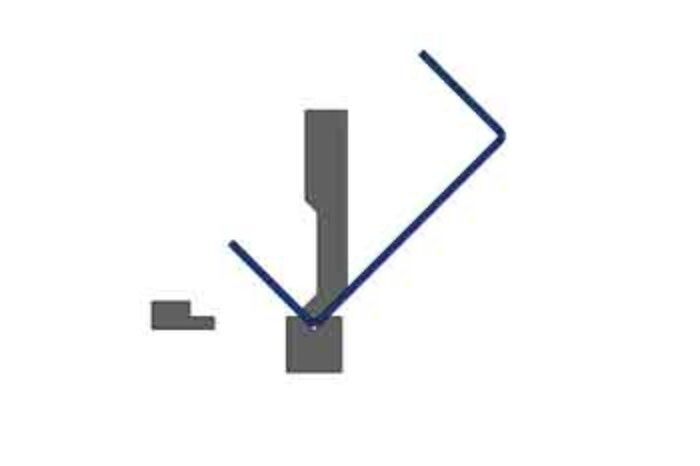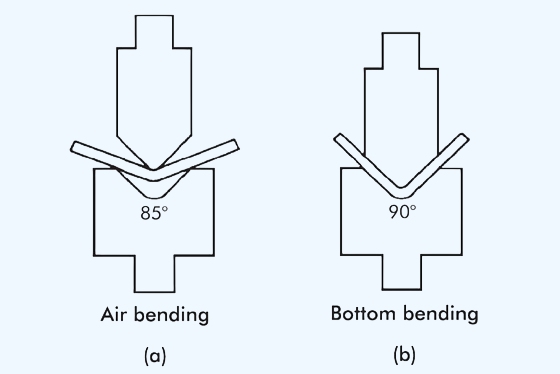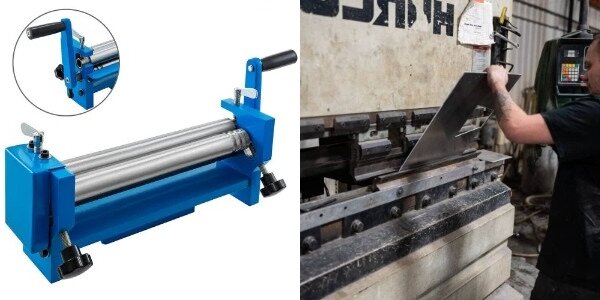De productie van complexe metalen onderdelen stelt ons voortdurend voor uitdagingen op het gebied van kwaliteit, kosten en tijd. Spuitgieten van aluminium lost deze problemen op door een betrouwbaar, efficiënt proces aan te bieden dat op schaal zeer nauwkeurige onderdelen produceert. Deze bewezen methode levert uitzonderlijke waarde voor ingenieurs en fabrikanten die consistente resultaten willen.
Wilt u ontdekken hoe spuitgieten van aluminium uw productieprocessen kan veranderen? Deze gids behandelt alles van basisprincipes tot geavanceerde toepassingen, zodat u weloverwogen beslissingen kunt nemen voor uw volgende project.
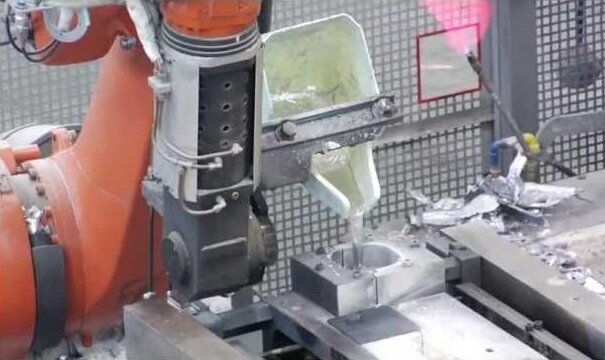
Wat is spuitgieten van aluminium?
Aluminium spuitgieten is een productieproces dat nauwkeurige en gladde metalen onderdelen produceert. Hierbij wordt gesmolten aluminium onder hoge druk in een mal gespoten, waardoor het metaal de vorm van de mal aanneemt.
Het proces staat bekend om het maken van onderdelen met een uitstekende corrosiebestendigheid en hoge geleidbaarheid. Gieten van aluminium biedt ook een sterke sterkte-gewichtsverhouding, waardoor het ideaal is voor lichtgewicht maar duurzame onderdelen. Het maakt snelle productie mogelijk en is kosteneffectief, vooral voor grote series.
Het gietproces van aluminium
Het spuitgietproces volgt een precieze opeenvolging van stappen die ruw aluminium omzetten in afgewerkte onderdelen. Laten we ze even op een rijtje zetten:
Stap 1: De matrijs voorbereiden
Het proces begint met het voorbereiden van de matrijs, die bestaat uit twee helften die de mal voor het onderdeel vormen. Deze matrijzen zijn meestal gemaakt van staal met een hoge sterkte om de druk en temperatuur van gesmolten aluminium te weerstaan.
Stap 2: Aluminium smelten en injecteren
Zodra de matrijs klaar is, wordt het aluminium gesmolten in een oven. Het gesmolten aluminium wordt vervolgens onder hoge druk in de matrijs geïnjecteerd.
Stap 3: Afkoelen en stollen
Na het inspuiten koelt het gesmolten aluminium af en stolt het in de matrijs. De afkoeltijd hangt af van de dikte van het onderdeel, maar gebeurt meestal snel dankzij het koelsysteem van de matrijs.
Stap 4: De gietvorm uitwerpen
Zodra het onderdeel gestold is, worden de matrijshelften gescheiden en wordt het onderdeel uitgeworpen. Dit gebeurt voorzichtig om het nieuw gevormde onderdeel niet te beschadigen.
Stap 5: Operaties na het gieten (Ontbramen, Oppervlaktebehandeling)
Na het uitwerpen kan het nodig zijn om het onderdeel verder af te werken. Dit kan onder andere het verwijderen van overtollig materiaal, flash genoemd, omvatten dat zich rond de randen van het onderdeel heeft gevormd.
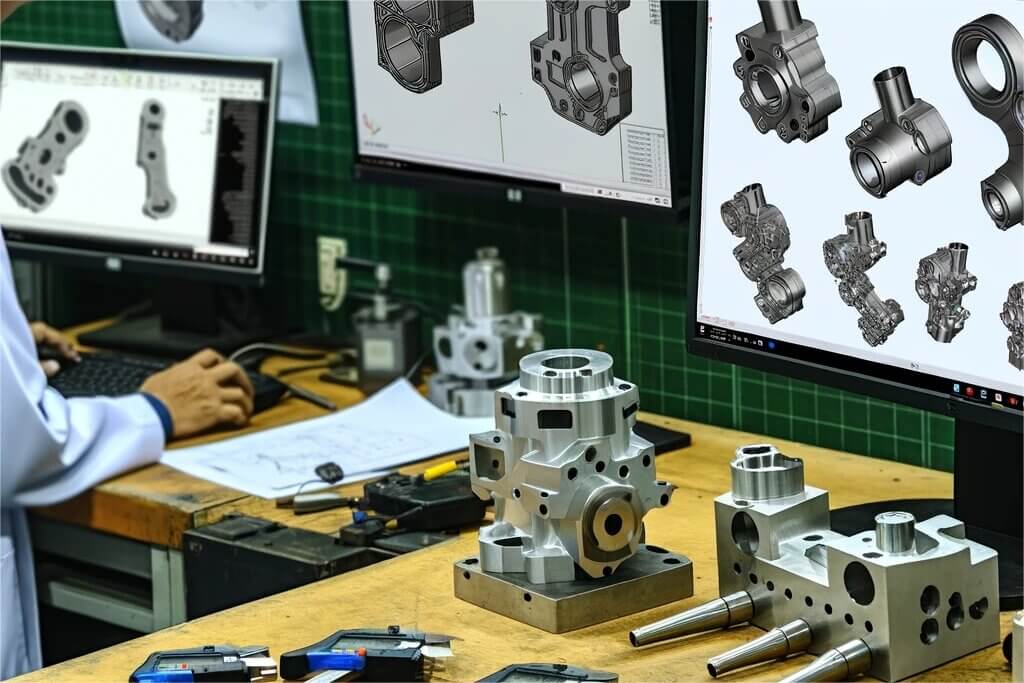
Soorten spuitgietaluminium
Aluminium spuitgieten kent verschillende variaties, elk afgestemd op specifieke productiebehoeften. Deze methoden verschillen in de manier waarop gesmolten aluminium in de mal wordt gebracht en de omstandigheden waaronder het stolt.
Spuitgieten onder hoge druk
HPDC injecteert gesmolten aluminium in een stalen mal onder extreme druk, meestal tussen 10.000 en 25.400 psi. Deze methode is ideaal voor het produceren van ingewikkelde vormen met kleine toleranties en een glad oppervlak.
Spuitgieten onder lage druk
LPDC gebruikt gecontroleerde lage druk om de vormholte te vullen met gesmolten aluminium, waardoor een consistente en nauwkeurige vulling wordt gegarandeerd. Deze methode minimaliseert porositeit en is vooral geschikt voor het maken van symmetrische onderdelen zoals wielen of structurele onderdelen.
Vacuüm Spuitgieten
Vacuüm spuitgieten zorgt voor een vacuüm in de matrijsholte, waardoor gesmolten aluminium in de matrijs wordt getrokken. Dit proces vermindert luchtinsluiting en porositeit, wat resulteert in dichtere gietstukken van hogere kwaliteit.
Spuitgietmatrijzen
Squeeze die casting combineert elementen van smeden en gieten door hoge druk uit te oefenen tijdens het stollen. Deze methode elimineert porositeit en verbetert de mechanische eigenschappen, waardoor onderdelen met uitzonderlijke sterkte en duurzaamheid worden geproduceerd.
Voordelen van spuitgietaluminium
Aluminium spuitgietwerk biedt verschillende voordelen, waardoor het een populaire keuze is voor fabrikanten. Hier zijn de belangrijkste voordelen:
Lichtgewicht en sterke producten
Aluminium spuitgietwerk maakt onderdelen die zowel licht als sterk zijn. De natuurlijke eigenschappen van aluminium maken het perfect voor toepassingen in de auto- en luchtvaartindustrie, waar gewichtsvermindering cruciaal is voor betere prestaties.
Kosteneffectiviteit
Gieten van aluminium is een kosteneffectieve optie voor productie op grote schaal. Hoewel de gereedschapskosten aanvankelijk hoog kunnen zijn, zorgt het efficiënte proces voor een snelle productie in grote volumes, waardoor de prijs per eenheid daalt.
Superieure maatnauwkeurigheid
Het injectieproces onder hoge druk zorgt voor een uitstekende precisie. Het spuitgieten van aluminium produceert onderdelen met nauwe toleranties en consistente afmetingen, waardoor er minder extra bewerkingen nodig zijn.
Verbeterde warmteafvoer
Aluminium heeft een uitstekend warmtegeleidingsvermogen, waardoor het ideaal is voor warmtegevoelige toepassingen. Gegoten onderdelen voeren warmte effectief af, wat essentieel is voor industrieën zoals elektronica en de auto-industrie.
Complexe geometrieën en ingewikkelde ontwerpen
Aluminium spuitgietwerk kan onderdelen met complexe vormen en ingewikkelde functies produceren. Het proces maakt gedetailleerde ontwerpen, dunne wanden en complexe geometrieën mogelijk die met andere productiemethoden een uitdaging zouden kunnen vormen.
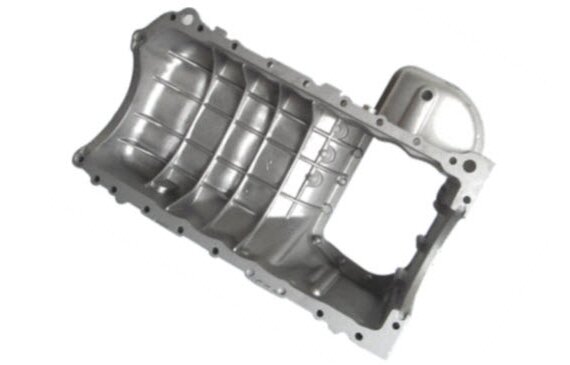
Uitdagingen bij spuitgieten van aluminium
Hoewel het gieten van aluminium veel voordelen biedt, brengt het ook verschillende uitdagingen met zich mee die fabrikanten moeten overwinnen om een productie van hoge kwaliteit te garanderen. Hieronder staan enkele van de meest voorkomende problemen tijdens het proces:
Poreusheidsproblemen
Porositeit ontstaat wanneer gassen, zoals lucht of waterstof, tijdens het gieten opgesloten raken in het gesmolten aluminium. Dit resulteert in interne holtes of oppervlaktedefecten die de mechanische sterkte, drukdichtheid en kwaliteit kunnen verminderen.
Oplossingen zijn onder andere het optimaliseren van het matrijsontwerp, het verbeteren van ontluchtingssystemen en het verfijnen van de legering om het insluiten van gas te verminderen.
Oppervlaktegebreken en insluitsels
Oppervlaktegebreken zoals blaasjes, insluitsels en ruwe afwerkingen ontstaan vaak door onzuiverheden in het gesmolten aluminium of slecht onderhoud van de mal. Deze defecten verzwakken het gietstuk en kunnen de esthetische kwaliteit aantasten.
Het is essentieel om matrijzen grondig schoon te maken, de legering goed te behandelen en een constante matrijstemperatuur te handhaven om dit te voorkomen.
Heet kraken
Warmscheuren treedt op tijdens de laatste stadia van het stollen als het gietstuk nog halfvast is. Het gebeurt door ongelijkmatige thermische contractie of spanningsconcentratie op zwakke punten in het gietstuk.
Om warmscheuren te voorkomen, moeten fabrikanten zorgen voor een uniforme wanddikte, scherpe hoeken in ontwerpen vermijden en de afkoelsnelheid tijdens het stollen controleren.
Wat is het beste gietwerk voor aluminium?
De beste aluminiumlegering voor spuitgietwerk hangt af van de specifieke toepassing. A380 is echter de meest gebruikte legering vanwege de uitstekende balans tussen gietbaarheid, duurzaamheid en kosteneffectiviteit. Het biedt een goede vloeibaarheid, thermische geleidbaarheid en weerstand tegen warmscheuren, waardoor het ideaal is voor ingewikkelde ontwerpen en toepassingen met dunne wanden.
Andere opmerkelijke legeringen zijn:
- A360: Bekend om zijn superieure corrosiebestendigheid en drukdichtheid, geschikt voor hoge temperaturen of ruwe omgevingen.
- A383 (ADC12): Biedt betere vuleigenschappen bij lagere temperaturen, ideaal voor ingewikkelde vormen en gedetailleerde ontwerpen.
- A356: Populair in de ruimtevaart en industriële toepassingen vanwege de lasbaarheid en duurzaamheid.
Algemene toepassingen van spuitgietaluminium
Het afgietsel van aluminium wordt wijd gebruikt in diverse industrieën omdat het lichtgewicht, duurzame en complexe componenten met hoge precisie produceert. Hieronder staan enkele van de meest voorkomende toepassingen:
Auto-industrie:
- Motorblokken
- Transmissiebehuizingen
- Wielen
- Structurele onderdelen
Lucht- en ruimtevaart:
- Motoronderdelen
- Vleugelstructuren
- Landingsgestel
Consumentenelektronica:
- Smartphone behuizingen
- Laptopbehuizing
- Koellichamen
- Camera behuizingen
Industriële apparatuur:
- Behuizingen
- Beugels
- Versnellingen
Medische hulpmiddelen:
- MRI scanner onderdelen
- Behuizingen voor echografieapparatuur
- Chirurgisch gereedschap
- Onderdelen van draagbare zuurstofpompen
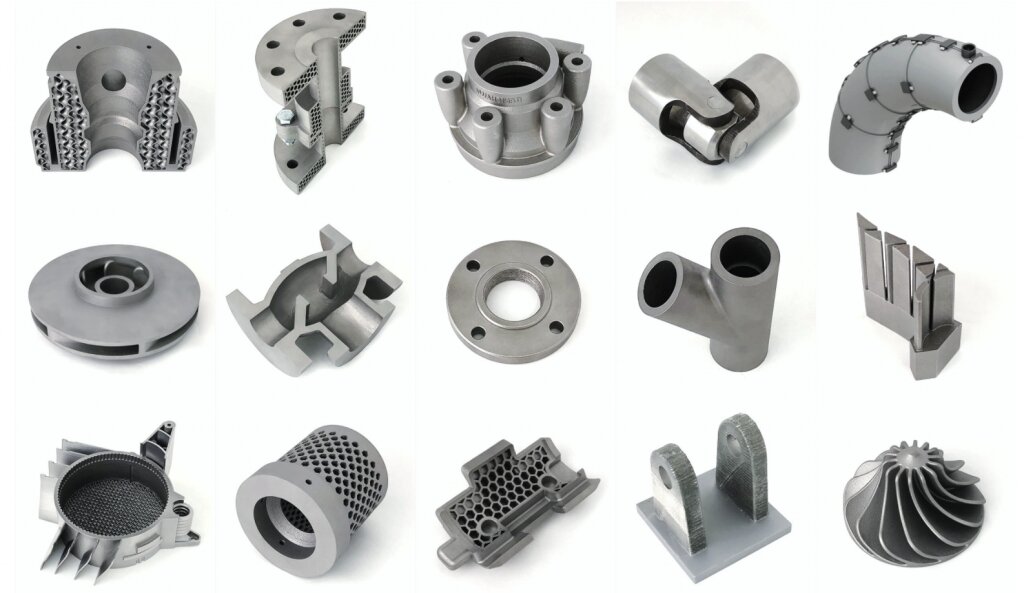
Alternatieven voor spuitgieten - Zand- en verlorenwasgieten
Wanneer spuitgieten niet optimaal is, komen zandgieten en verlorenwasgieten naar voren als haalbare alternatieven. Elke methode biedt unieke voordelen en is geschikt voor specifieke toepassingen.
Zandgieten
Bij zandgieten wordt een mal gemaakt van zand om gesmolten metaal in te gieten. Dit proces is zeer veelzijdig en kosteneffectief voor kleine tot middelgrote productievolumes.
Voordelen van zandgieten:
- Lage gereedschapskosten: Ideaal voor prototypes of kleine producties dankzij de goedkope mallen.
- Veelzijdigheid van materiaal: Werkt met bijna elke ferro- of non-ferrolegering.
- Maat Flexibiliteit: Kan onderdelen produceren van een paar ons tot meer dan 200 ton.
Investeringsgieten
Bij verlorenwasgieten wordt een waspatroon met een laagje keramiek gebruikt om een mal te maken. De was wordt gesmolten en gesmolten metaal wordt in het keramische omhulsel gegoten voor zeer nauwkeurige onderdelen.
Voordelen van verlorenwasgieten:
- Strenge toleranties: Produceert onderdelen met uitstekende maatnauwkeurigheid en minimale bewerkingsbehoeften.
- Complexe geometrieën: In staat om ingewikkelde ontwerpen te maken zonder tekenhoeken.
- Superieure oppervlakteafwerking: Biedt een gladdere afwerking dan zand- of spuitgieten.
Conclusie
Aluminium spuitgietwerk biedt een veelzijdige, kosteneffectieve oplossing voor de productie van onderdelen van hoge kwaliteit in diverse industrieën. De voordelen zijn lichtgewicht sterkte, superieure maatnauwkeurigheid en de mogelijkheid om complexe geometrieën te produceren.
Of je nu auto-onderdelen, ruimtevaartonderdelen of behuizingen voor consumentenelektronica nodig hebt, het spuitgieten van aluminium levert de prestaties en precisie die nodig zijn voor veeleisende toepassingen.
Klaar om te ontdekken hoe het gieten van aluminium uw volgende project kan helpen? Neem contact met ons op vandaag nog voor een gratis adviesgesprek en offerte.
Hey, ik ben Kevin Lee

De afgelopen 10 jaar heb ik me verdiept in verschillende vormen van plaatbewerking en ik deel hier de coole inzichten die ik heb opgedaan in verschillende werkplaatsen.
Neem contact op

Kevin Lee
Ik heb meer dan tien jaar professionele ervaring in plaatbewerking, gespecialiseerd in lasersnijden, buigen, lassen en oppervlaktebehandelingstechnieken. Als technisch directeur bij Shengen zet ik me in om complexe productie-uitdagingen op te lossen en innovatie en kwaliteit in elk project te stimuleren.

